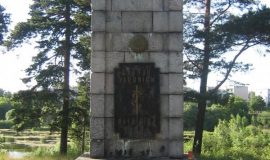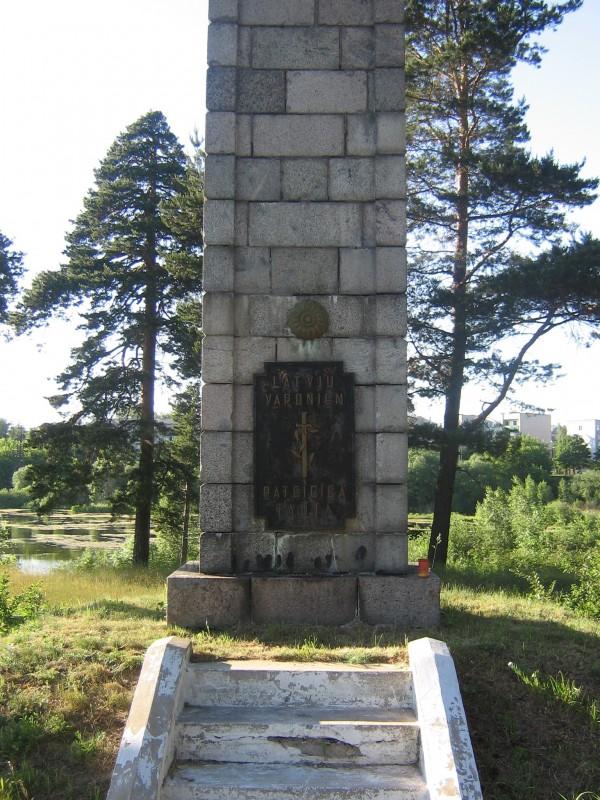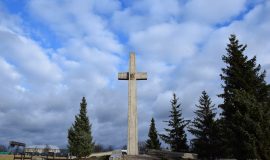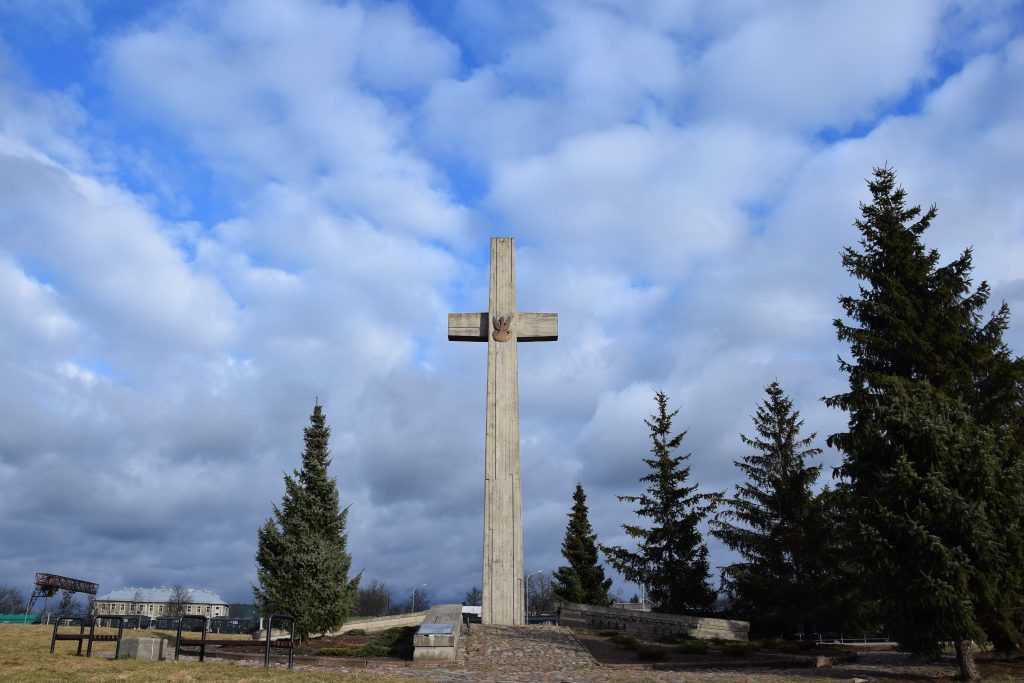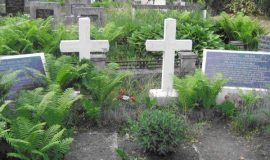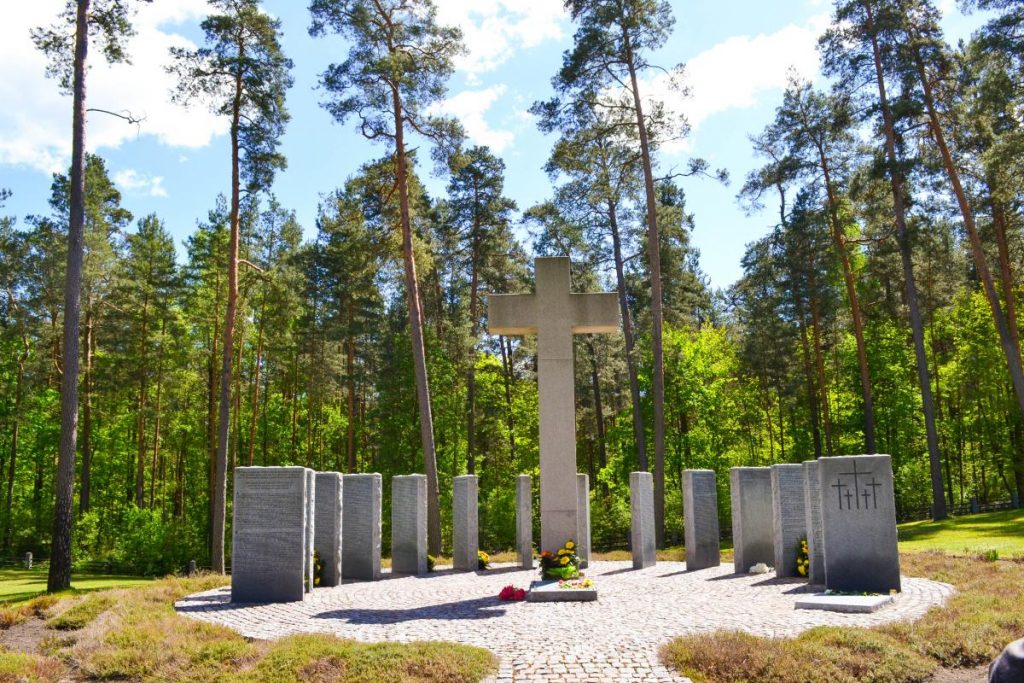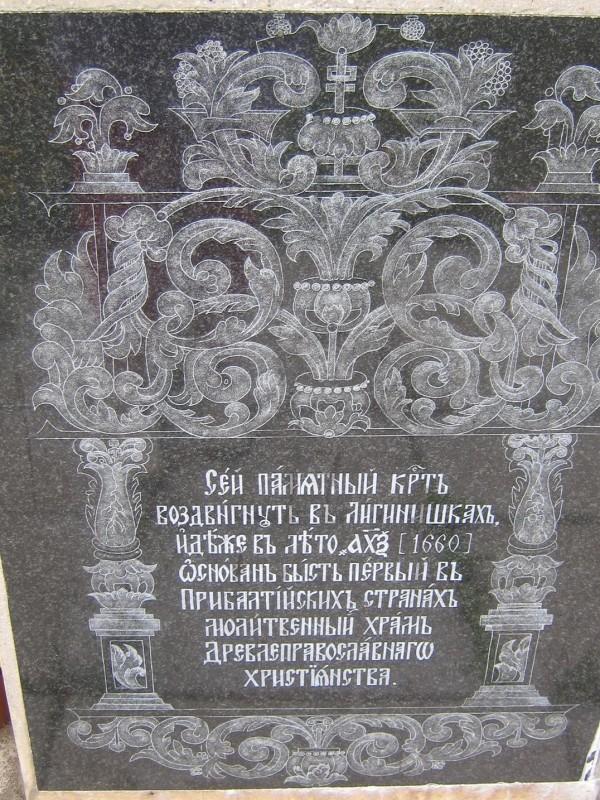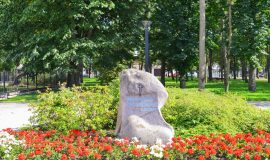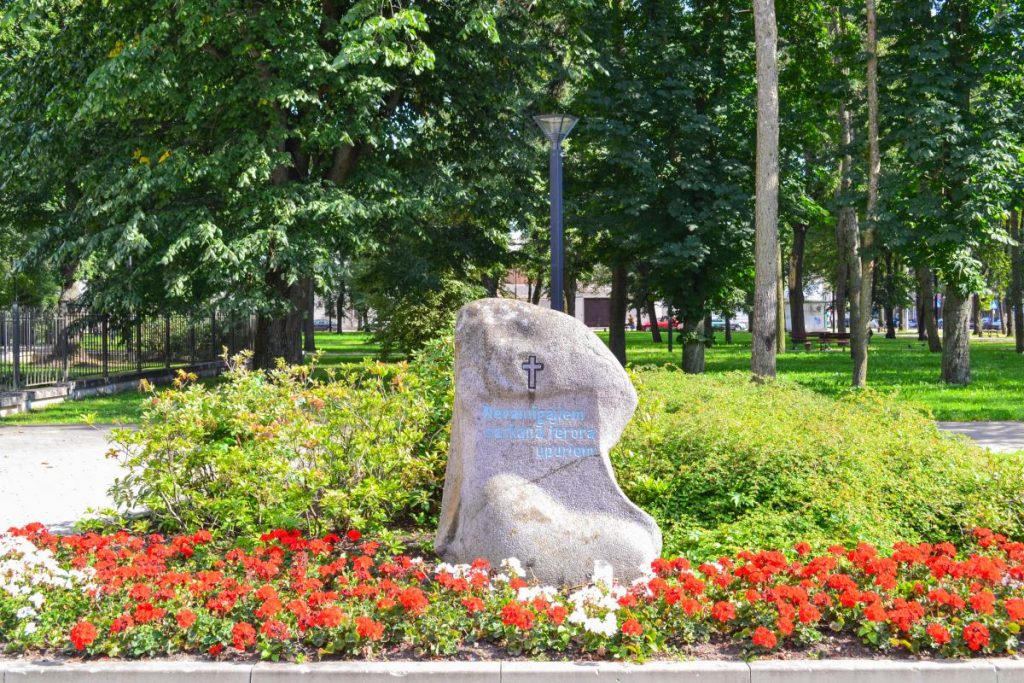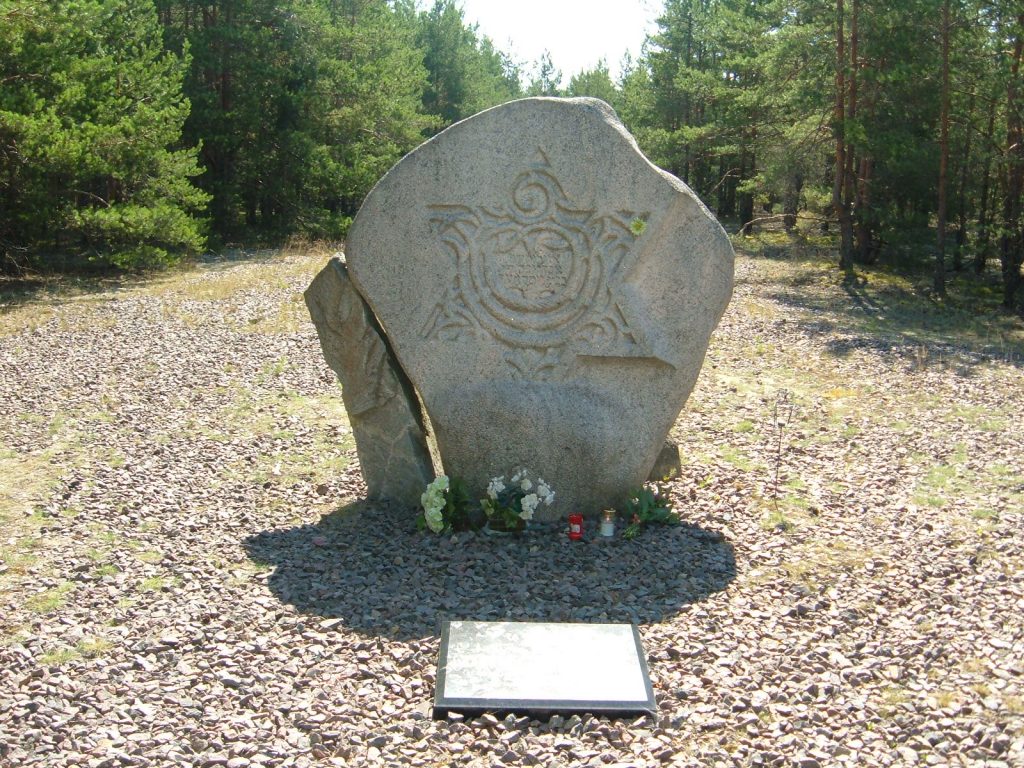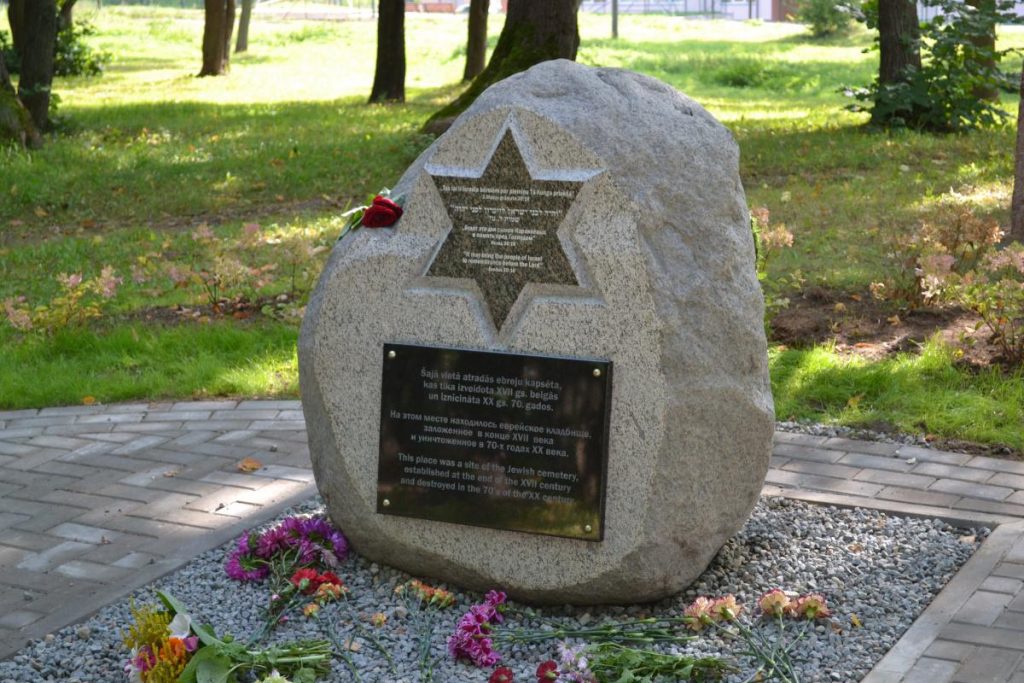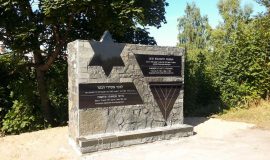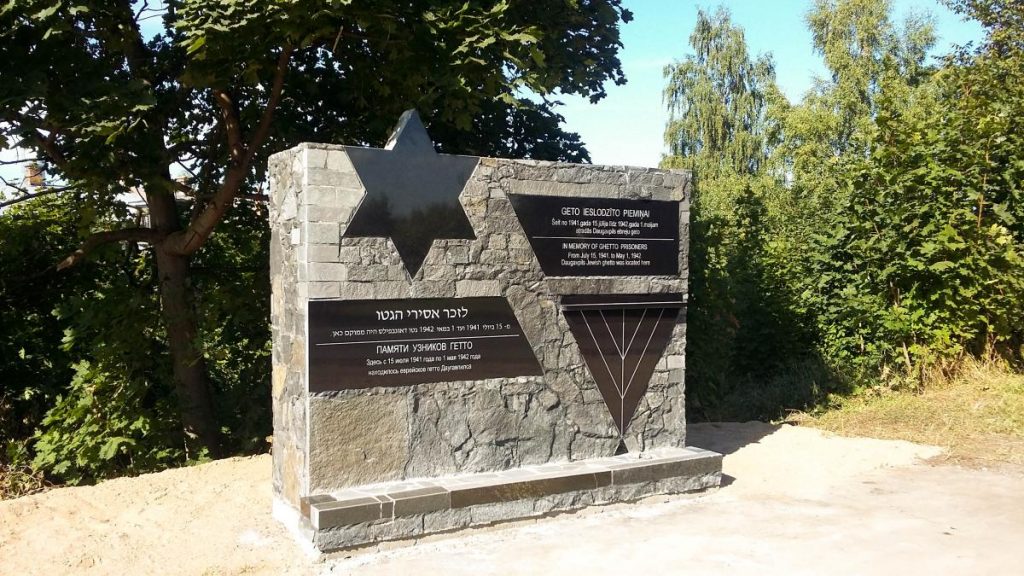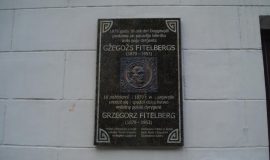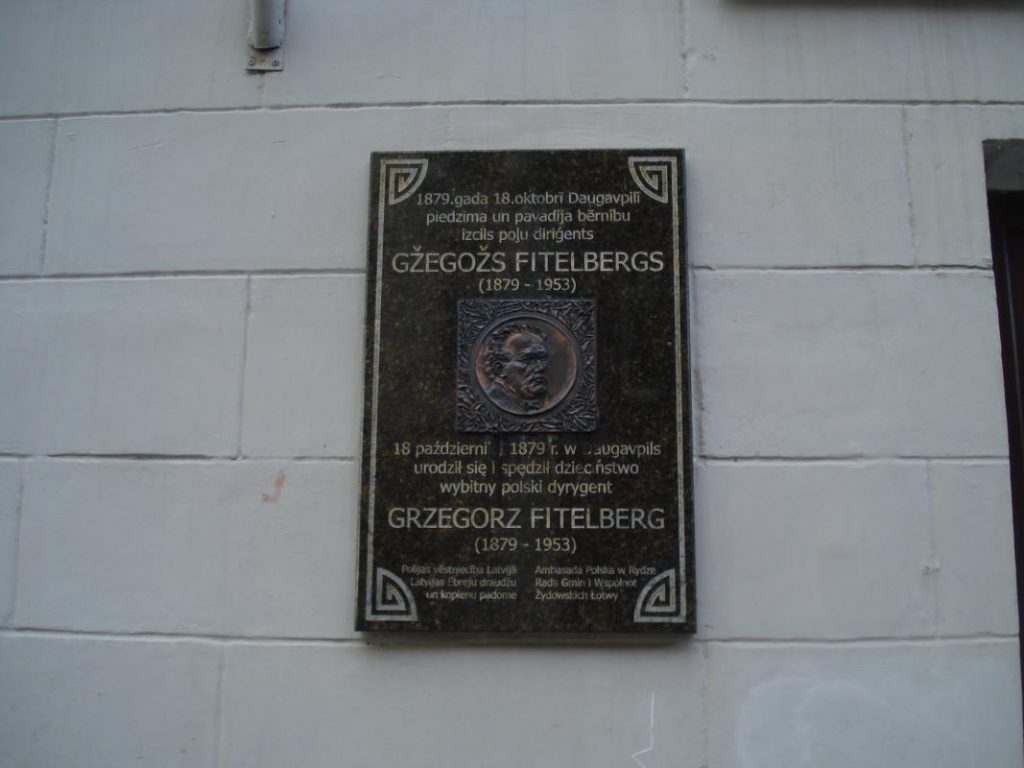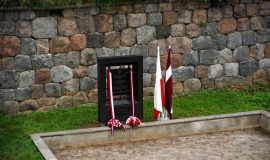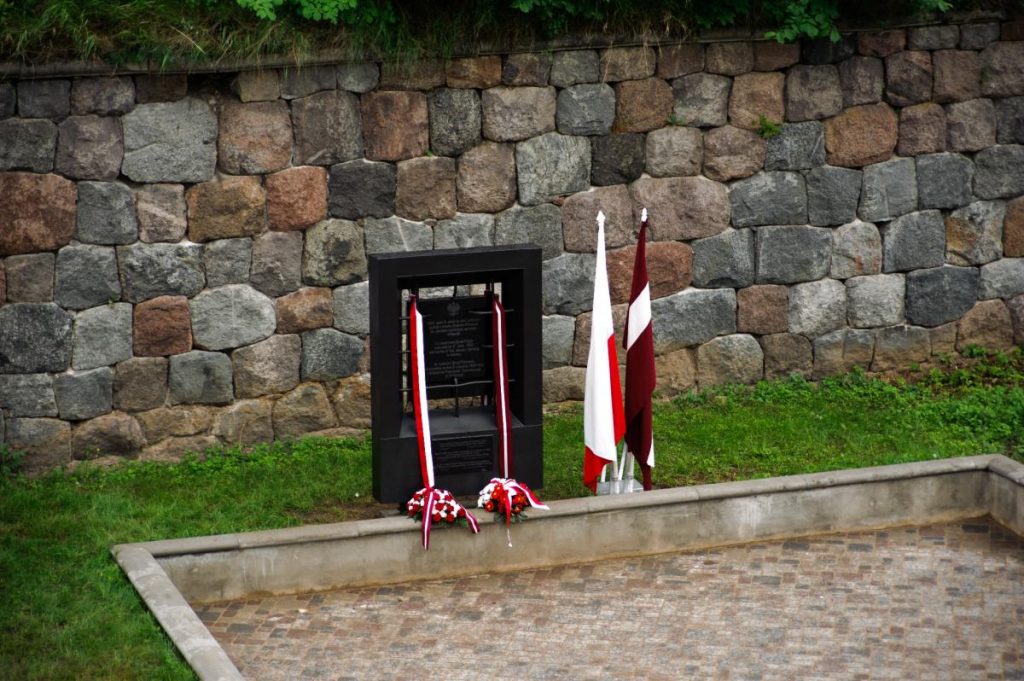The mass grave of fallen in Latgalian battlefront in 1920 Latvian army soldiers of Latvian fight for freedom is located in Daugavpils Lutheran cemetery. At this place on June 22 in 1928, the President Gustav Zemgals opened a granite monument, which was created by architect Alexander Birzenieks.
Objekta vieta: Daugavpils city
1
Memorial place of graves of soldiers of Polish army of the 1st Legion Regiment
Graves of the soldiers of the 1st Legion Regiment of Polish army in Slobudka, near Satiksmes street were the biggest ones in Latvia of Polish soldiers, who fell in Latvian fight for freedom in 1919 -1920, a cemetery, where 500 soldiers were buried. On June 22 in 1928 Latvian President Gustav Zemgals opened a monument at this cemetery.
Memorable place of Count Leon Plater at Daugavpils Catholic cemetery
The memorial place of Leon Plater is set at Daugavpils Catholic cemetery. The black granite plate, which is decorated with the inscription: “To count Leon Broel Plater – the organizer of Polish uprising (killed on June 9 in 1863)” is erected there. Originally, the plate was erected on June 9 in 1923, but renewed in 2002.
The Memorial in honour of the fallen German soldiers of the World War II
In Daugavpils you can visit the biggest reconstructed German soldiers’ cemetery in Eastern Latvia in honour of the fallen in World War II, where 3000 soldiers are buried and among them also Latvians. Graveyard is denoted with groups of crosses.
Memorial Place of the 1st Baltic Old-believers Prayer House (1660)
In Daugavpils, at the cross point of Baznicas and Liginisku streets, the memorial place of the first Baltic Old Believer’s prayer house (1660) is located.
“Čili Pizza” pizzeria
The menu includes about 50 different types of pizzas for all tastes, as well as hot dishes, desserts and various snacks.
Memorial Stone to the Innocent Victims of Red Terror
Memorial Stone to the Innocent Victims of Red Terror was erected in 2004 (sculptor is J. Volkova).
Memorial to Commemorate Victims of the Genocide against Jews and of Daugavpils Ghetto
The Memorial to commemorate the victims of genocide against Jews and prisoners of the Daugavpils ghetto was opened on 10 November 1991, commemorating the fiftieth anniversary of the beginning of the Holocaust (author of the memorial – sculptor Oleg Marinoha). The memorial consists of a granite stele with the Star of David cut into it and an inscription on Yiddish “To the Memory of the Children of Israel”, with 16 stone steles placed on both sides of it, symbolically reminding of the memory of the Holocaust victims from various European states.
Memorial Stone at the Place of the Old Jewish Cemetery
The memorial stone by artist Juris Pundurs was erected on September 12, 2013, in Aizpilsetas park close to the Gubisces lake (behind Daugavpils 15th Secondary School), in the place where once was the old Jewish cemetery.
The memorial stone “In memory of Daugavpils ghetto prisoners”
On 6 September 2015 in the place of former Daugavpils ghetto, next to Daugavgrīva Prison the Jewish community of Daugavpils unveiled a monument with an inscription in English, Latvian, Russian and Hebrew: “In memory of ghetto prisoners. From July 15, 1941 to May 1, 1942 Daugavpils Jewish ghetto was located here.”
A Memorial Plaque to Gzegoz Fitelberg
Gzegoz Fitelberg (1879 – 1953) was born in Dinaburg (Daugavpils) in Jewish-Polish family.
The Memorial Plaque to the Count Leon Plater
Daugavpils Fortress was an imprisonment place of downtrodden participants of Polish uprising where leader of the uprising Leon Plater was sentenced to death penalty.


